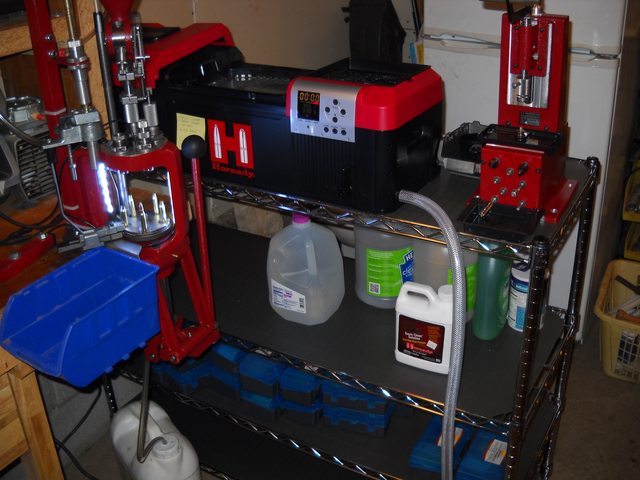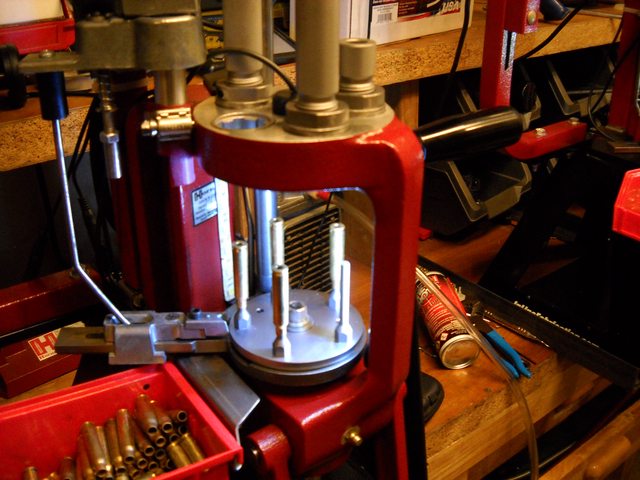TheDomFather
Member
- Joined
- Feb 22, 2017
- Messages
- 469
Ok so who has a great idea here?
I have a frankford arsenal case trimmer (the electric one) and I put one of there bits that is supposed to remove military crimps, after a couple of hundred rounds my fingers are ready to fall off anyone have a simple way of doing this?
Thanks,
Dom
I have a frankford arsenal case trimmer (the electric one) and I put one of there bits that is supposed to remove military crimps, after a couple of hundred rounds my fingers are ready to fall off anyone have a simple way of doing this?
Thanks,
Dom






